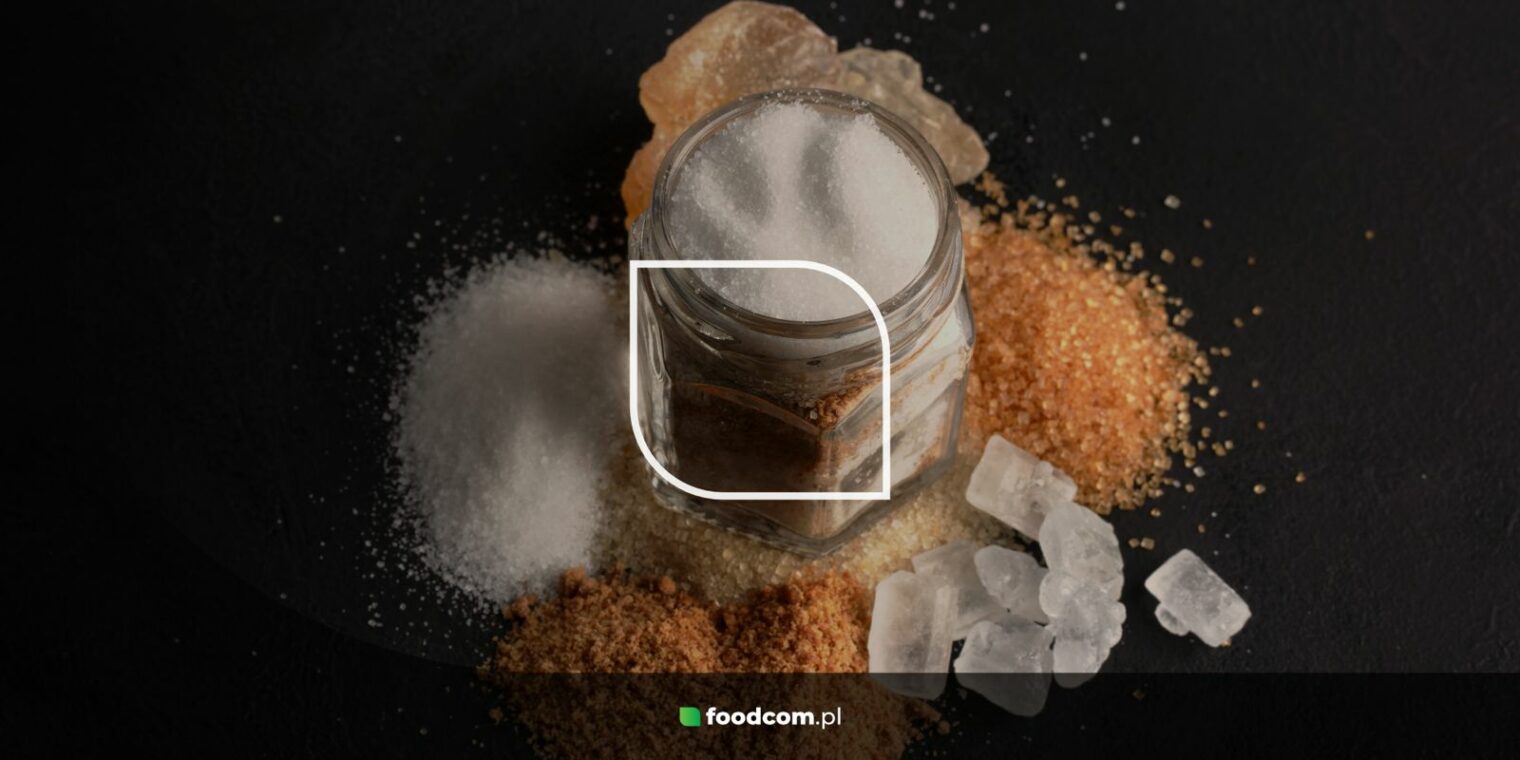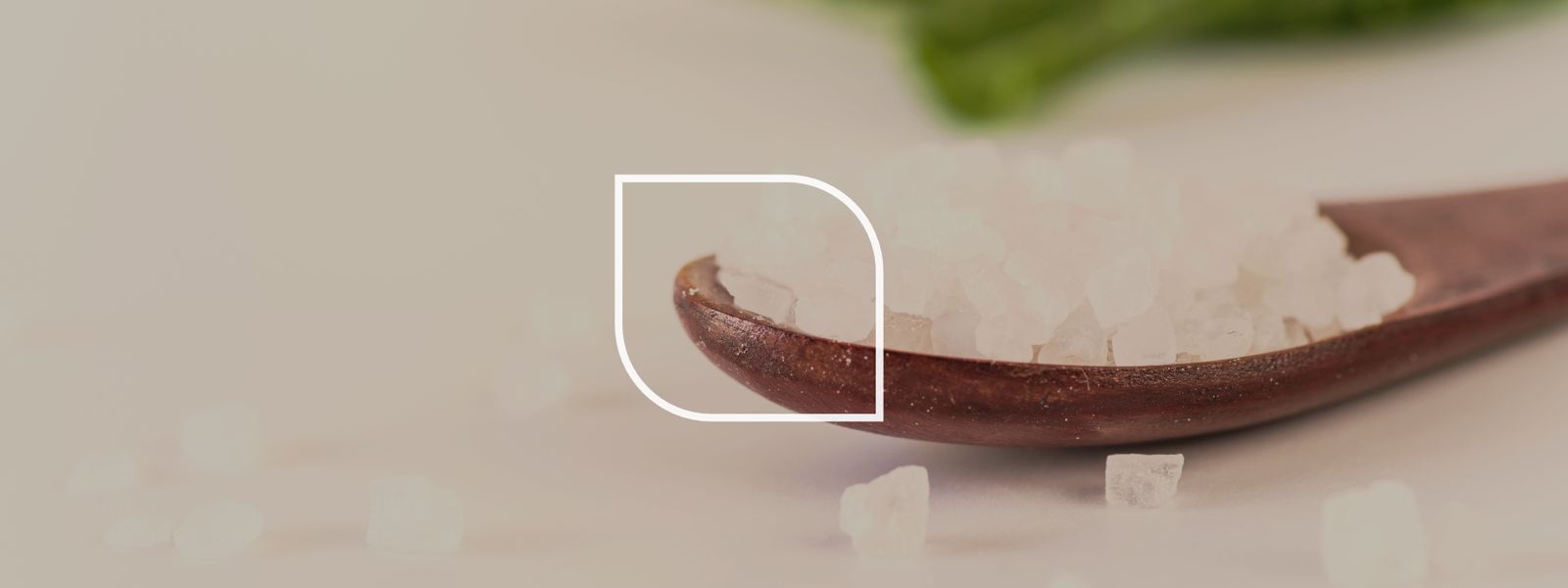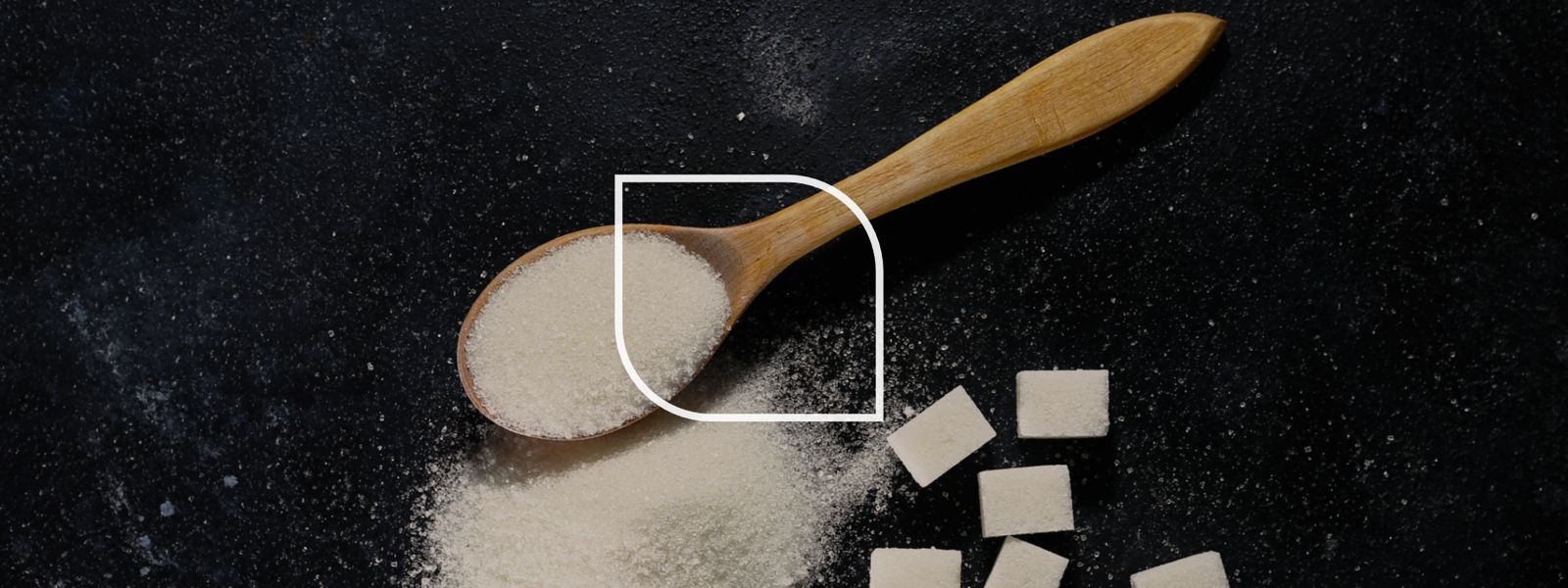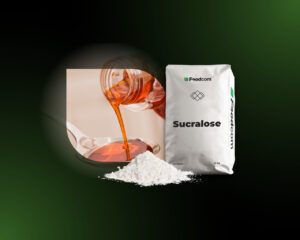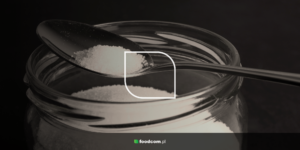- Sugar substitutes are becoming increasingly popular. One of these is sucralose.
- Sucralose is a sucrose derivative that has negligible calories and a zero glycaemic index.
- Sucralose is recommended for people on low-calorie diets, obese patients and diabetics.
Sucralose is one of the sweeteners used as sugar substitutes. Not only do sweeteners reduce calorie intake, but they also play an important role when it comes to disease prevention and glycaemic control in people with diabetes. Let’s take a look at what sets sucralose apart from other sweeteners, what the sucralose market looks like and where the substance is used.
Sweeteners vs. sugar
Sugar is increasingly being replaced by alternatives that add sweetness to the products consumed. Despite numerous reports on the potential health dangers of using synthetic sugar substitutes, current research and the positions of nutrition-related organisations do not confirm the negative health effects of sweeteners. In fact, they are recommended as a substitute for sugar in people who are overweight, have glucose intolerance, diabetes or pre-diabetes, among others by the Polish Diabetological Association.
However, the dangers of sugar abuse have been known for years. This substance leads to addiction and promotes the development of diseases such as obesity, diabetes, heart disease, cancer and tooth decay. There is growing public awareness of the harmfulness of sugar, which can be found in most products on supermarket shelves, for example in the form of glucose-fructose syrup. To meet the needs of consumers, many manufacturers are choosing to replace sugar in their products with sweeteners.
What are the characteristics of sweeteners that replace sugar?
Sweeteners are poorly absorbed by the digestive system, so they provide a sweet taste without raising blood glucose levels. They have far fewer calories than sugar, making them appreciated by those on a diet. In addition, sweeteners are not broken down by bacteria in the mouth, so they do not cause tooth decay.
Sweeteners are divided into natural and artificial. Natural sweeteners usually have a lower or comparable sweetness to sugar and a lower glycaemic index. Here we distinguish between substances such as:
- xylitol
- erythritol
- sorbitol,
- mannitol,
- glycerol,
- maltitol,
- steviol glycosides,
- thaumatin
Thaumatin, stevia and synthetic sweeteners are up to several hundred times sweeter than sugar and can therefore be used in small quantities. The synthetic sweeteners distinguished here are, among others, such as:
Properties of sucralose
Sucralose is produced from sucrose by its selective chlorination. The result is a sucrose derivative with three hydroxyl groups replaced by chlorine atoms. Sucralose is in the form of an odourless white crystalline powder. Its taste is similar to that of sucrose, but 600 times less of the substance is required to obtain it. The substance does not raise blood sugar levels – its glycaemic index is 0 and its calorie count is 3 kcal per 1 g of product.
Sucralose breaks down in the body in approximately 20%, while the remainder is excreted unchanged. Sucralose dissolves well in water and is stable over a wide range of temperature and pH, making it more versatile than sweeteners such as aspartame, and can be used, for example, in bakery products or acidic drinks.
Above 120°C sucralose can decompose into the harmful substances chloroglucose and chlorofructose, which, however, are not toxic in small amounts. The daily intake of sucralose should not exceed 9 mg/kg body weight. Even at a safe dose, however, negative effects of sucralose on the gut microbiome and a possible increase in appetite can sometimes be observed.
Use of sucralose
Sucralose is used as a food additive designated E955. This substance is very stable during food processing and storage. It is often added to calorie-reduced food products. Sucralose can be found in products such as ice cream, jellies, frozen foods, syrups, chewing gum, jellies, yoghurts, diet bars, canned fruit, coffee capsules and sweet diet drinks. It is also found in dietary supplements and foods for medical use.
Sucralose is available as a powder consisting of 100 per cent of this substance or in the form of sweetener preparations such as Splenda, which also contain other ingredients such as maltodextrin and dextrose. Sweetener can be used for seasoning food, cooking, baking and sweetening drinks. For baking, sucralose can be used in blends with fillers that allow it to be used as much as the amount of sugar needed. Baked goods using sucralose may have a different texture or structure, but retain a sweet taste.
Sucralose market in Poland and worldwide
The largest sucralose producers in the world are in China (JK Sucralose, Niutang) and the USA (Ingredion, Cardill, PureCircle), but the key player remains the company that brought sucralose into production – UK-based Tate & Lyle.
The price of sucralose is higher than many other synthetic sweeteners. This is due to its sweetness, which is three times the sweetness of most sugar substitutes, and the complex production process. Sucralose can be found at Foodcom S.A. with excellent value for money.
The market for sucralose and other sugar substitutes continues to grow – both globally and in Poland. The reason for this is increasing public awareness of the harmfulness of sugar, as well as more cases of obesity and diabetes. Last year, the global sucralose market was valued at USD 3.76 billion, with an annual growth rate of 8.4%. The sucralose market is estimated to be worth $5.65bn in 2028.

